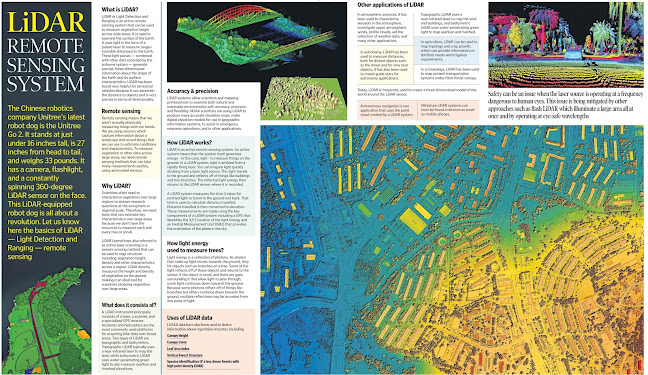Depending on the size and the services available and functions rendered, urban centres are designated as town, city, million city, conurbation, megalopolis.
Town:
The concept of ‘town’ can best be understood with reference to ‘village’. Population size is not the only criterion. Functional contrasts between towns and villages may not always be clearcut, but specific functions such as, manufacturing, retail and wholesale trade, and professional services exist in towns.
City:
A city may be regarded as a leading town, which has outstripped its local or regional rivals. In the words of Lewis Mumford, “ the city is in fact the physical form of the highest and most complex type of associative life”. Cities are much larger than towns and have a greater number of economic functions. They tend to have transport terminals, major financial institutions and regional administrative offices. When the population crosses the one million mark it is designated as a million city.
Conurbation:
The term conurbation was coined by Patrick Geddes in 1915 and applied to a large area of urban development that resulted from the merging of originally separate towns or cities. Greater London, Manchester, Chicago and Tokyo are examples.
Megalopolis:
This Greek word meaning “great city”, was popularised by Jean Gottman (1957) and signifies ‘super- metropolitan’ region extending, as union of conurbations. The urban landscape stretching from Boston in the north to south of Washington in U.S.A. is the best known example of a megalopolis.
Million City:
The number of million cities in the world has been increasing as never before. London reached the million mark in 1800, followed by Paris in 1850, New York in 1860, and by 1950 there were around 80 such cities. The rate of increase in the number of million cities has been three-fold in every three decades – around 160 in 1975 to around 438 in 2005.









